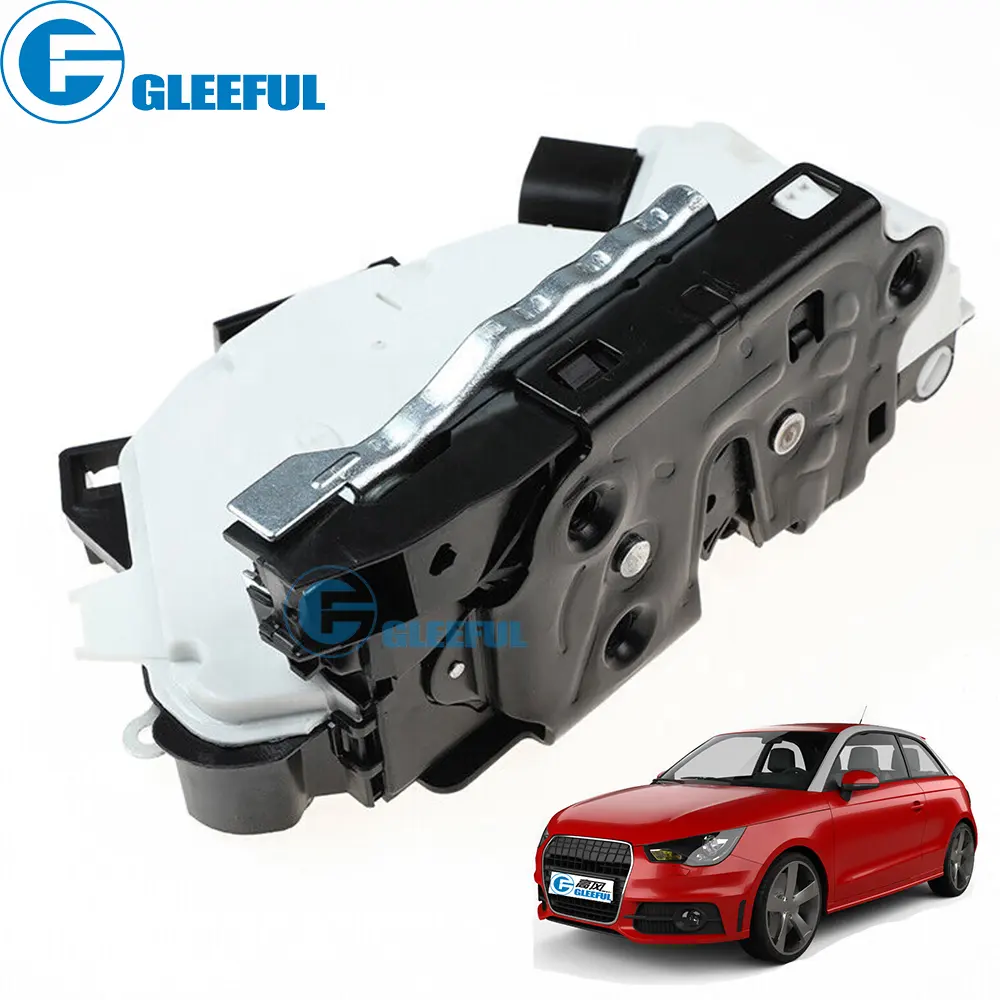Maintaining your car's door locks is crucial for ensuring the security and functionality of your vehicle. One essential component in this system is the door lock actuator. Regular preventative maintenance can save you from unexpected failures and costly repairs. Here, we’ll cover comprehensive tips to help you keep your car door locks in optimal condition.
The door lock actuator is an electronic device that controls the locking and unlocking mechanism of your car doors. When you press the lock or unlock button on your key fob or inside your car, the actuator receives a signal to engage or disengage the lock. Given its pivotal role, ensuring its proper functionality is key to the overall health of your car's locking system.
Door lock actuators can fail for several reasons, including wear and tear, electrical issues, or physical damage. Common signs of a failing actuator include:

Dirt and debris can accumulate in the door lock mechanism over time. Regularly clean the locks using a can of compressed air to blow out dirt and a soft brush to remove grime. Ensure the actuator area is also free of debris, as this can impact its operation.
Proper lubrication is vital for the smooth operation of car door locks. Use a graphite-based lubricant for the lock cylinder and a silicone-based spray for the door latch mechanism. Avoid using oil-based lubricants as they can attract dirt and cause more harm than good. Periodically lubricate the door lock actuator to keep it functioning smoothly.
Since the door lock actuator relies on electrical signals, ensure that the wiring and connections are intact and free from corrosion. Regularly inspect the wiring harness for any signs of wear or damage. If you notice any frayed wires or loose connections, have them repaired or replaced promptly.
Periodically test the door lock actuator to ensure it’s responding correctly to lock and unlock commands. This can be done by manually locking and unlocking the doors using the key fob and the interior switch. Any hesitation or failure to respond should be addressed immediately.
Moisture is a common enemy of electronic components. Ensure that the rubber seals around your car doors are intact and not allowing water to seep into the door panel. If you notice any water ingress, address the issue immediately to prevent damage to the door lock actuator and other electronic components.
If you notice any signs of door lock issues, address them promptly. Ignoring minor problems can lead to more significant failures, including complete lock failure or battery drain due to a constantly running actuator.
Despite your best efforts at maintenance, there may come a time when the door lock actuator needs to be replaced. If you experience consistent issues despite regular maintenance, or if the actuator fails entirely, it’s time to consider a replacement. Consulting with a professional mechanic can help you determine the best course of action.
By incorporating these preventative maintenance tips into your car care routine, you can ensure the longevity and reliability of your car door locks. The door lock actuator plays a crucial role in this system, and keeping it in good working condition is essential for your vehicle's security and functionality. Regular cleaning, lubrication, and inspection can prevent many common issues and save you from costly repairs down the line. Prioritize the maintenance of your door lock actuator, and enjoy peace of mind knowing your car doors are secure and functioning correctly.
GET A QUOTE